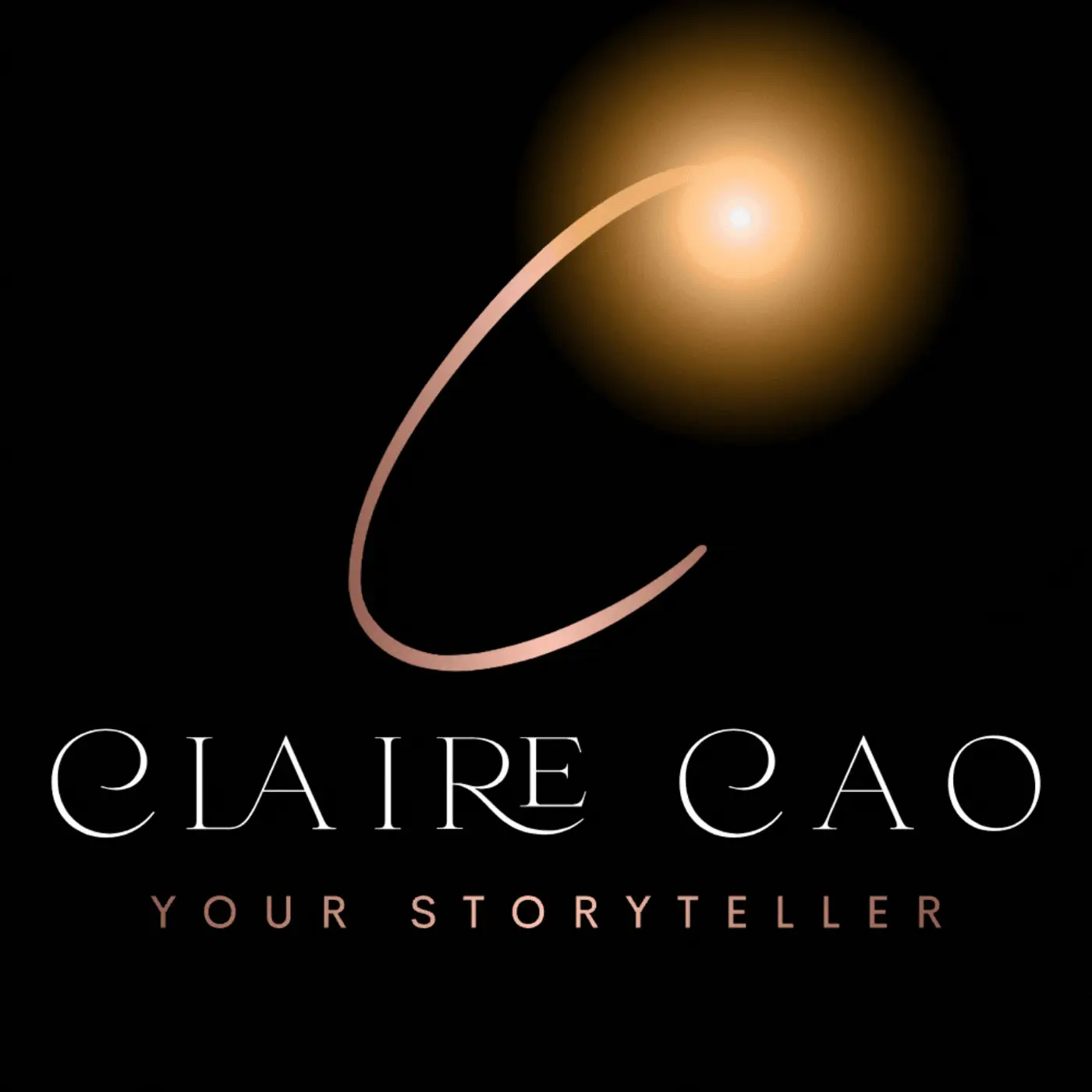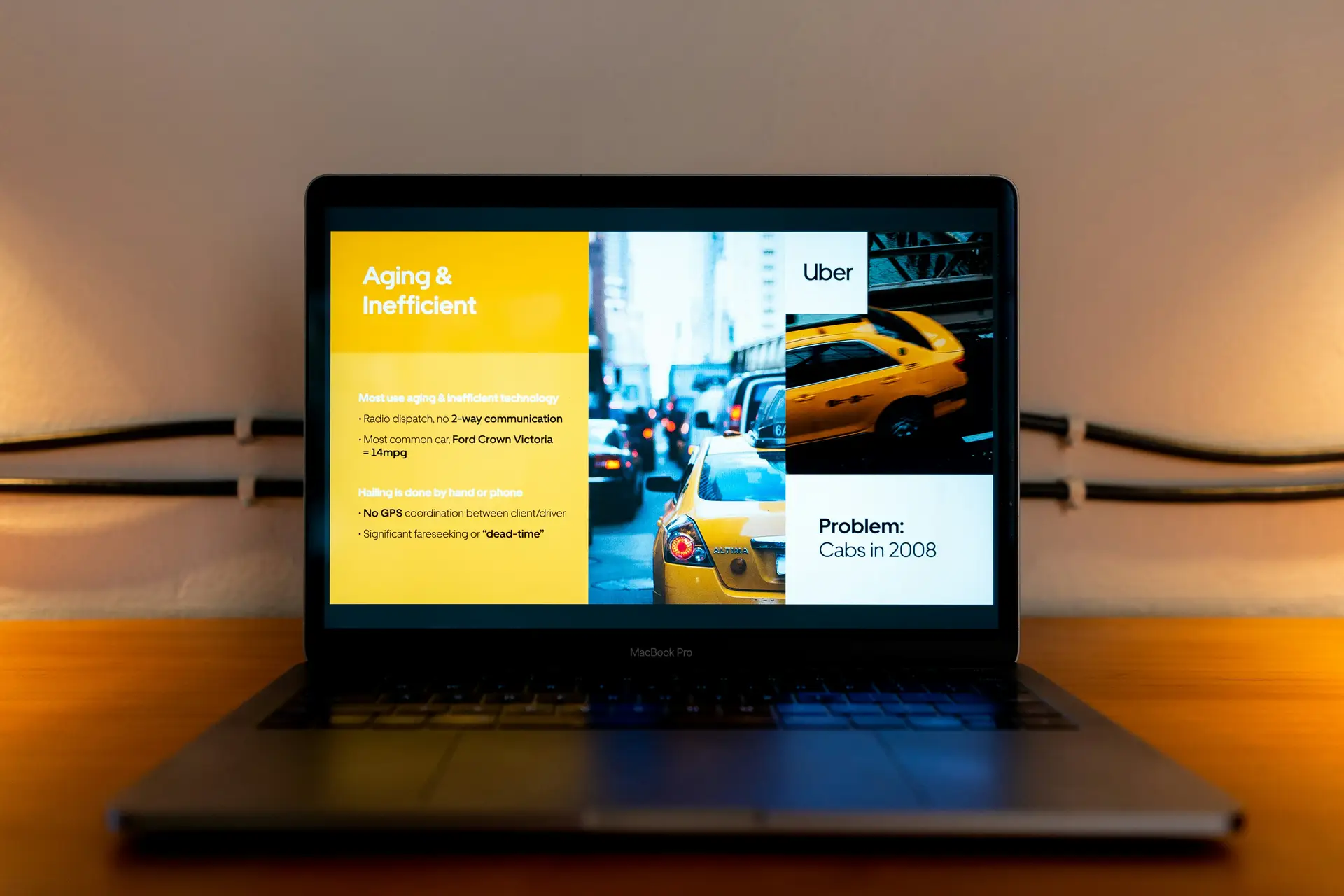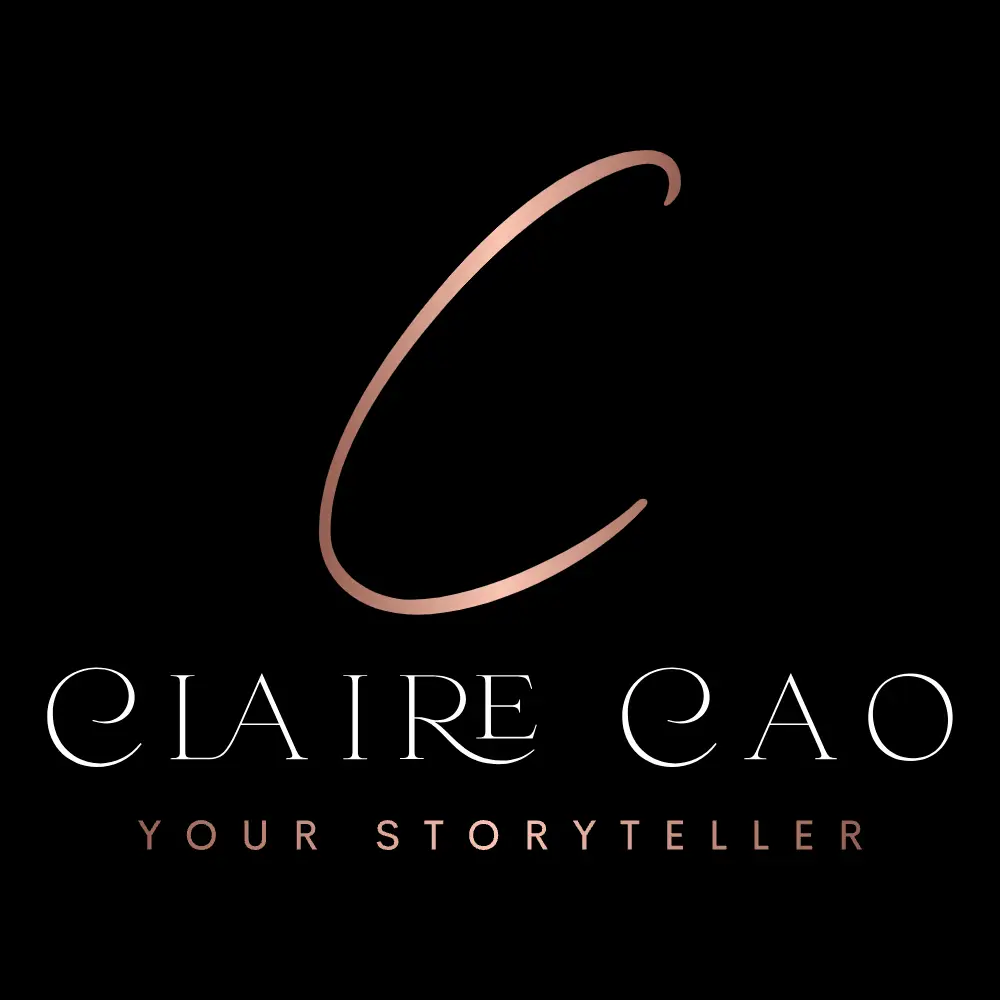Strategic Framework For Brand Development
For a branding strategy to be effective, the business needs to do some prework to make sure the multifaceted elements it requires are all ready and cohesive. Some of the most critical elements are: core brand identity (what you’re actually selling, mission, vision, value proposition, brand personality, etc.), target audience (who they are and what their pain points are), brand origin and history (why and how you developed your business), and competition (where you are in the competitive landscape and how you compare with competitors). Using these components, you can create a brand-building prompt that streamlines the process and potentially saves weeks of work.
Once you have all the above elements in place, you may fill in the prompt below for your LLM (Large Language Model) to accelerate your brand strategy-building. The prompt itself also serves as a template or thought process to guide you through the brand-building process.
Brand-Building Prompt Template
Part 1: Defining your core brand identity
Business Name: [Your Business Name]
Mission Statement: [Clearly define your company’s purpose – what do you do? Why do you exist?] Example: “To empower small businesses with affordable and accessible marketing tools that drive growth.”
Value Proposition: [What unique value do you offer customers? What problem do you solve? What makes you different?] Example: “We offer an all-in-one marketing automation platform tailored for small businesses, eliminating the need for multiple expensive tools and simplifying marketing complexity.”
Brand Personality: [Describe your brand as if it were a person. Use 3-5 adjectives.] Example: “Innovative, friendly, approachable, resourceful, data-driven.”
Part 2: Defining your target audience
Target Audience Demographics: [Age, location, gender, education, income, occupation, family status, etc. ] Example: “Small business owners (25-55 years old), located primarily in the US and Canada, with varying educational backgrounds, annual revenue between $100k-$1M, managing teams of 1-20 employees.”
Target Audience Psychographics: [Values, interests, lifestyles, attitudes, beliefs, motivations, pain points]; Example: “Value efficiency and growth, interested in digital marketing, entrepreneurial mindset, frustrated with fragmented marketing tools, motivated to increase revenue and brand awareness, struggling with limited marketing budgets.”
Target Audience Needs and Wants: [What are their challenges? What solutions are they seeking?] Example: “Need affordable marketing solutions, want to streamline marketing efforts, require intuitive tools, desire better customer engagement, seek data-driven insights for improved ROI.”
Part 3: Crafting a compelling brand story
Origin Story/Inspiration: [How did your business come to be? What problem were you trying to solve?] Example: “Frustrated with the lack of affordable marketing solutions for small businesses, we started by offering free marketing workshops. The overwhelming demand inspired us to create an all-in-one platform.”
Key Brand Messages: [What are the 3-5 most important things you want to communicate about your brand?] Example: “Accessibility, affordability, simplicity, community, growth.”
Emotional Connection: [What feeling or experience do you want your brand to evoke in your target audience?] Example: “Empowerment, confidence, excitement, sense of community, ease of use.”
Part 4: Shaping the style with inspiration
Competitor Analysis: [Who are your competitors? What about their branding do you like or dislike and why?] Example: “Competitor A’s user interface is too complex. Competitor B’s branding feels corporate and impersonal. We want to be seen as more approachable and user-friendly.”
Brand Aspirations: [What brands do you admire and aspire to emulate (in terms of brand image and style)?] Example: “We like the clean, minimalist design of Apple, the community feel of Slack, and the educational approach of HubSpot.”
Visual Style Preferences: [Modern, minimalist, classic, vintage, bold, playful, sophisticated, rustic, etc.] Example: “Modern, clean, minimal, with vibrant color accents and a focus on data visualization.”
Existing Visuals (if any): [Do you have logos, color palettes, websites, etc., that you would like to incorporate into the brand storytelling?] Example: “Our existing logo features a stylized growth chart in shades of green and blue.”
Part 5: Informing models with your output requirements
Desired output format: [Text, images, logo variations, etc.] Example: “Generate a short brand story (200 words), logo variations, and social media graphic templates.”
Keywords: [Relevant words to influence the AI’s output] Example: “Small business, marketing automation, growth, community, SaaS, technology.”
Additional Notes/Context: [Anything else you’d like the AI to consider?] Example: “We’re looking for a visual style that is distinct from our competitors and that conveys trust and innovation.”
Brand-Building Prompt: Implementation Notes
The prompt template can also be broken down into component prompts for each core brand-building element. For example, to generate a draft brand style guide in PowerPoint format, complete Part 4 and instruct the models to generate the style guide in Part 5.
Conclusion
Like what Allan Dib said in his bestseller: Lean Marketing: More leads. More profit. Less marketing: “When a customer and a company love each other very much, a brand gets created. ” So keep in mind – brilliant storytelling always requires authentic human emotion and through genuine brand-customer connection. LLMs might be powerful leverages to establish foundations and accelerate the heavy lifting, but after generating initial results using the prompt template above, always be sure to refine the output to incorporate personal insights so every element of your brand strategy resonates with your audience.
For additional guidance, consider scheduling a free consultation with me for objective feedback and customer-focused perspectives on your current brand strategy.






